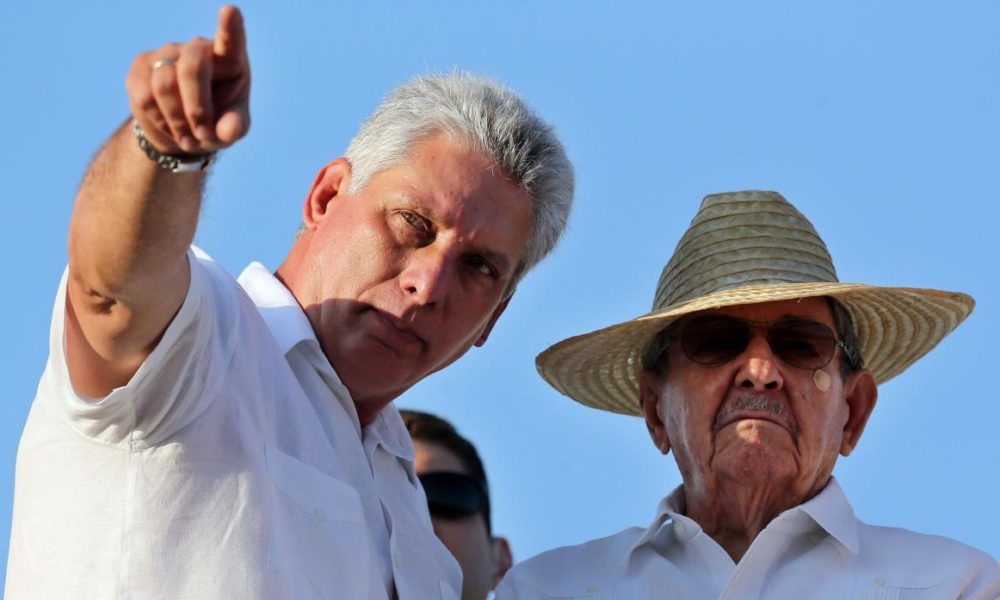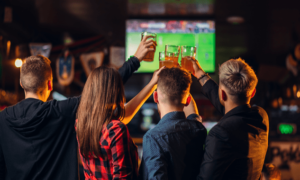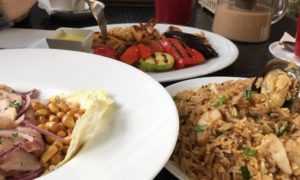- On April 19, after more than six decades, the Castro dynasty ceded power to a new president, Miguel Diaz-Canel. But who exactly is this new ruler?
Biography and approach to politics:
On April 20, 1960, in the city of Placetas de Cuba, Miguel Mario Diaz – Canel Bermudez was born, the son of a teacher and a mechanics worker. He studied electrical engineering at the Santa Clara Central University Villa Clara Marta Abreu. He graduated from it in 1982 and began working for the Revolutionary Armed Forces that same year as a military service. He worked in the anti-aircraft missile units of the army.
Three years later, Canel finished his activities in the FAR and began his work as a teacher at the university where he graduated. He actively participated in the Union of Young Communists and became a leader of it. His influence was so great that, in 1993, he managed to reach the second national position of the youth branch of the Communist Party of Cuba, the only political party on the island. From that moment, his participation the political world began
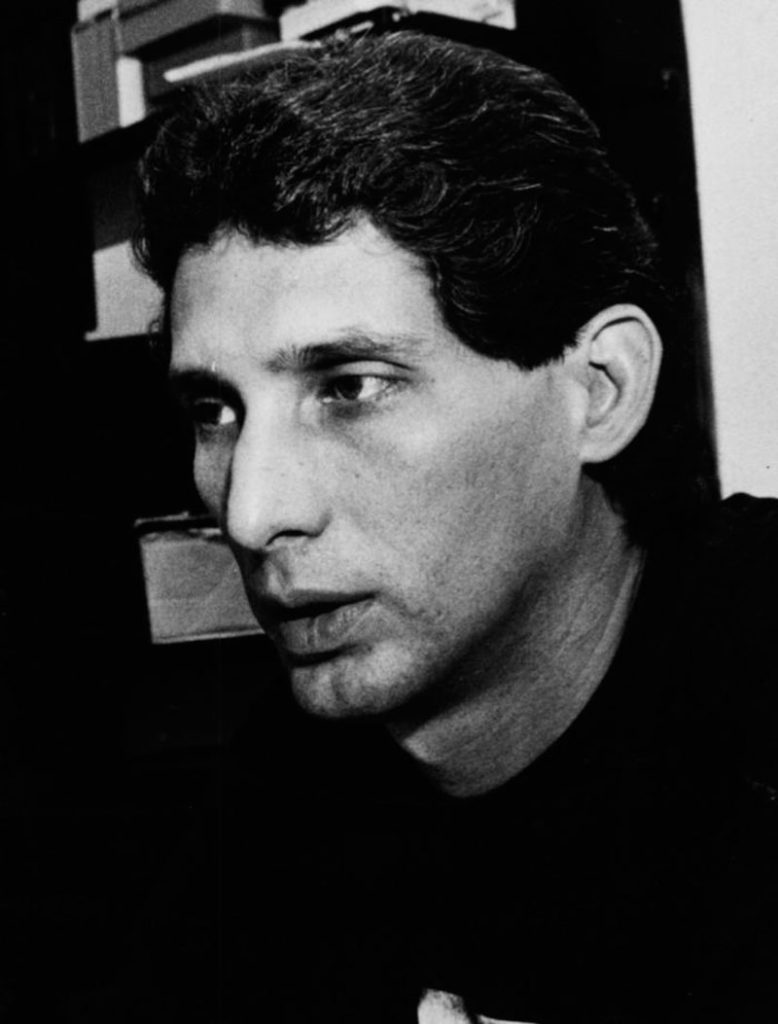
Miguel Díaz Canel had an active participation in the Union of Young Communists. This approach opened the doors to the world of Cuban politics. From that moment, he began to be an influential leader in the Communist Party of Cuba.
Miguel Diaz-Canel: new political figure and approach to the Castros.
In 1994, he had his first public position of importance. He was assigned secretary of the Communist Party in the town of Villa Rica at a very tense moment for the country. Cuba had lost much of Russia’s support and was going through an economic crisis and Canel had the mission of encouraging the economy in this locality.
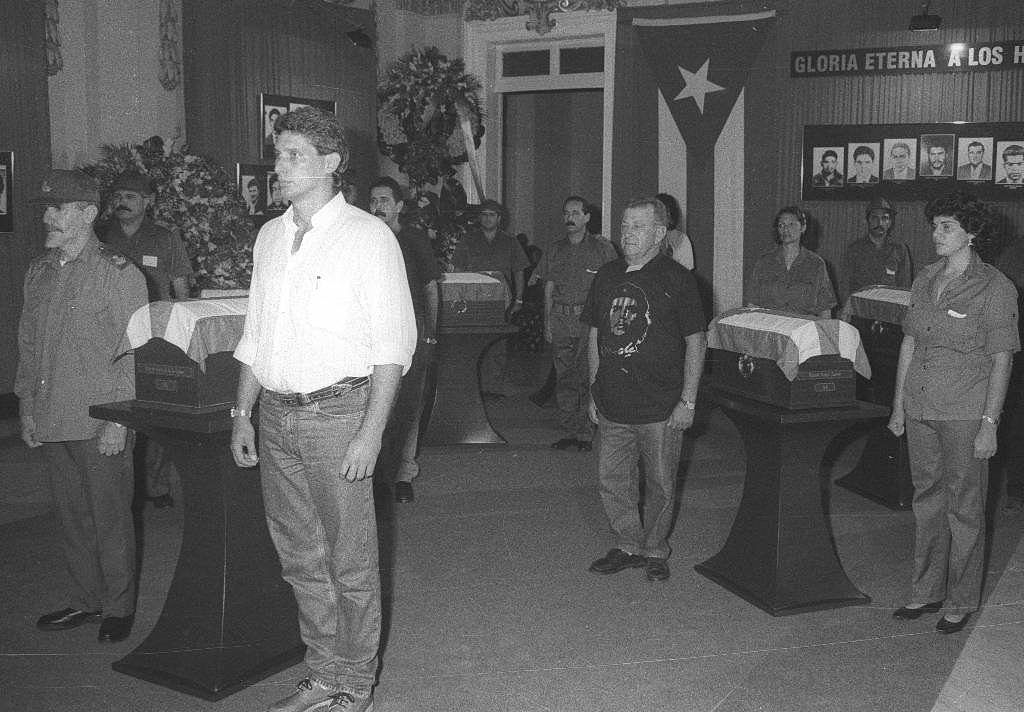
Miguel Díaz-Canel was appointed as secretary of the party for the Villa Rica region in Cuba. Among his achievements we find the fomentation of culture and was considered a leader very close to the people.
His most famous work in Villa Rica was the fomentation of culture in the area. He promoted the development of music and rock festivals in the province; At that time, it was not common to see this type of activity on the island. In the same way, he made reborn “El Menjunje”, a multifaceted cultural center. This place was frequented by artists from many areas; among them, several were homosexuals, a vulnerable group that still suffered from many prejudices and no acceptance by the state.
Canel is known for being an empathetic person, close to the people and worker. In his work in Villa Rica, the villagers declared having seen him several times on a bicycle tour through the city, talking to some of them and although he had an important position, he kept his watch as every citizen after work.

During his tenure in Villa Rica, Canel revived the “Menjunje”, a cultural space where many artists frequented and activities were held. It was common to see shows by homosexual artists, something that was still a taboo on the island, but this space allowed its unfolding.
The first approaches Canel had to Castro were when he joined the ranks of the Cuban Communist Party. After his work in Villa Rica, Castro himself summoned him to be secretary of the party in the province of Holguín. Six years later, his relationship with the party and Castro grew and he was called to the capital of Cuba, where he was assigned as Minister of Education.
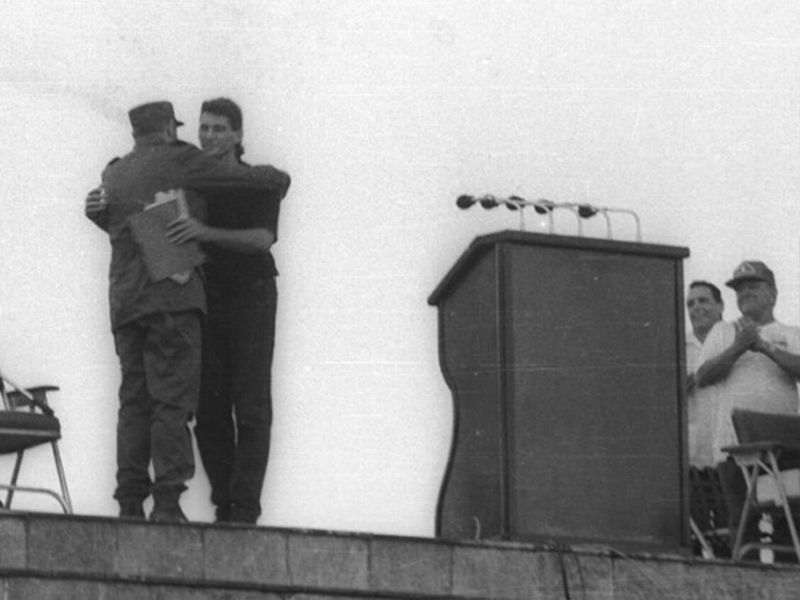
Migue Diaz Canel with Fidel Castro during his visit to Villa Rica. Fidel Castro gave a speech in the Plaza de Santa Clara, the capital of the town, and met with several directors and secretaries of the region.
Three years later, Canel leaves office as he is appointed vice president of the Council of Ministers. The crucial issues he had to develop were education, science, sports and culture.
At that time, his relationship with the former president began to be much closer and more reliable. Castro was his mentor, he made Miguel scale quickly in the political world and thanks to his performance he has been able to work in positions of great importance in Cuban politics.

Miguel Díaz-Canel was appointed Minister of Education in Cuba. At that time, his relationship with the Castros was close and three years later he was appointed ministerial vice president of Cuba.
Raúl Castro, a man of advanced age and with a great responsibility for being the ruler of an entire nation, decided not to retake the position of head of state for family and health reasons in 2017. For this reason, he declared that the charge again Head of State should be assigned to a focused, intelligent and trustworthy person.
In the voting session, where Canel was ratified as the new president, Raúl Castro declared:
“I trust in the success of my successor, he is a person full of virtues, experience and dedication to work, as he has shown throughout his career in politics, he is the only survivor of a group of leaders who the Cuban leadership decided to prepare, therefore, has not been an improvised candidate and his rise has not been random, he fully trusted in his ideological solidity, his political sensitivity and his commitment and loyalty to the Revolution.- Raúl Castro“
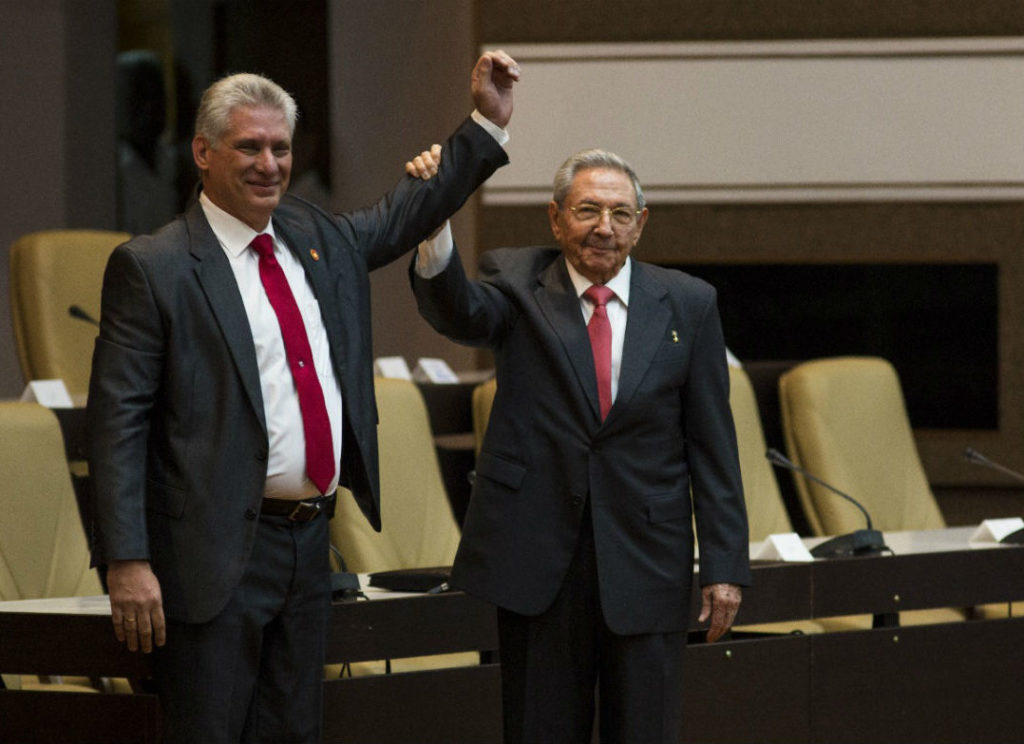
Miguel Díaz – Canel was appointed last week as Head of State of Cuba. After six decades, Canel is the first president of the island who does not belong to the Castro dynasties. Even so, his relationship with them has been very close and he has declared to continue with his legacy.
Although there have been voices that pointed him as a reformist leader, Canel has sworn allegiance to the regime and continue with the plans of the Revolution. The new president has always been a sure person of the political system and its decisions, and has declared to continue with the legacy of the Castro. Even so, it has certain obstacles to solve, such as the economic crisis that the island is going through, the extension of global communications and improving its international relations.



